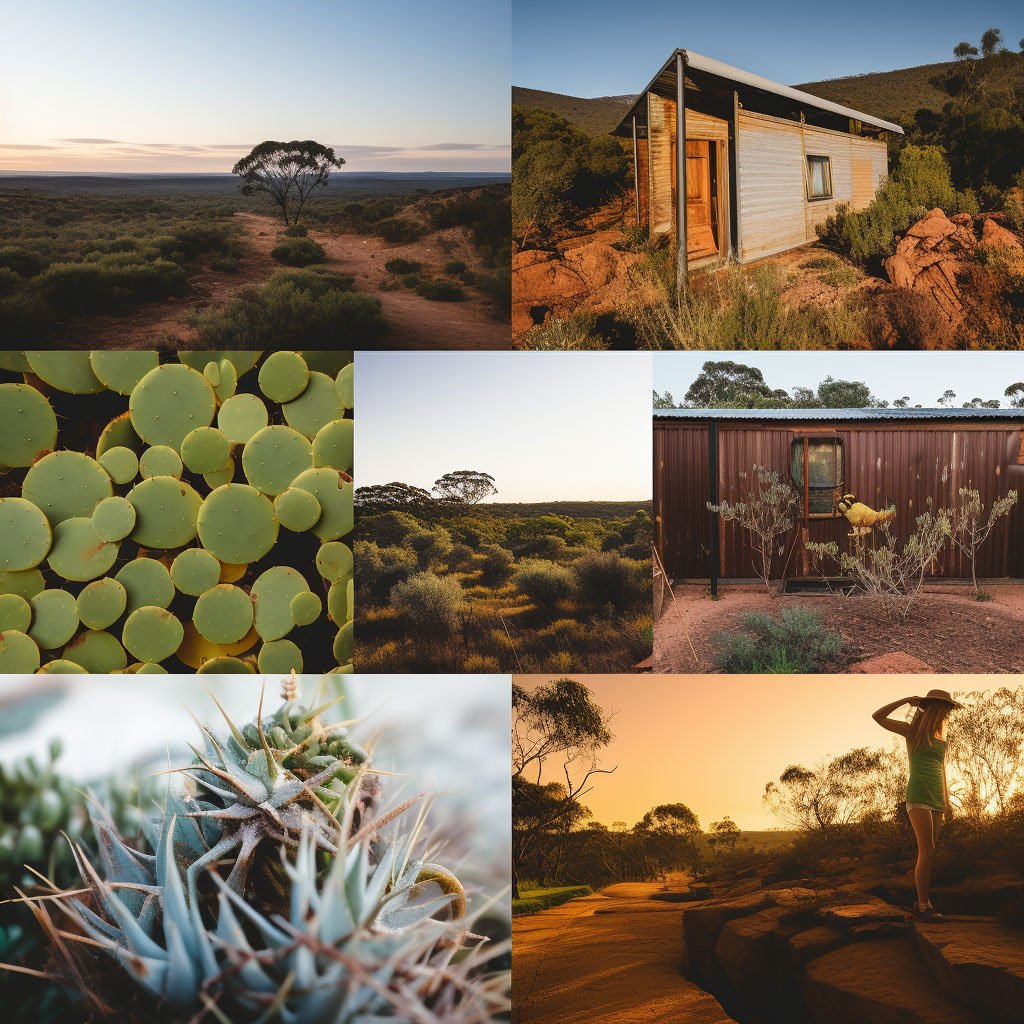Australia’s rich biodiversity, sprawling landscapes, and vibrant cities have made it a premier destination for global travellers. As we continue to explore this stunning country, it becomes ever more critical to travel sustainably, preserving Australia’s natural treasures for future generations. In this post, we’ll share tips and experiences on eco-friendly travel, focusing on sustainable accommodations and responsible wildlife tours.

Sustainable Accommodations: Lodging with a Conscience
Green accommodation is a cornerstone of sustainable travel. Fortunately, Australia is home to numerous eco-friendly lodges that marry comfort with conservation.
One such place is the Daintree Ecolodge in Queensland. Nestled in the heart of the world’s oldest rainforest, this lodge offers ‘bayans’ or treehouses that blend seamlessly into the environment. They have robust sustainability practices, including solar power, on-site water treatment, and an organic garden providing fresh ingredients for their restaurant.

In South Australia, the Earthship Ironbank is an off-grid, self-sustainable accommodation built from recycled materials. It uses solar power for electricity, rainwater for plumbing, and has a greenhouse for organic food production.
Responsible Wildlife Tours: Respecting Australia’s Rich Biodiversity
Wildlife is one of Australia’s primary draws. However, it’s essential to ensure that our fascination doesn’t disrupt the natural behaviour of these wonderful creatures. Responsible wildlife tours aim to provide awe-inspiring experiences while prioritizing the welfare of the animals.
In Victoria, the Echidna Walkabout Nature Tours offer immersive wildlife experiences led by expert local guides. They’ve also initiated the “Make a Home for Koala Clancy” conservation project, emphasizing the importance of sustainable tourism and conservation.

Up north in Queensland, Ocean Safari offers sustainable Great Barrier Reef tours from Cape Tribulation. Their low-impact operations and active involvement in local conservation projects make for an unforgettable and eco-friendly marine adventure.
Travel Green: Tips for Sustainable Travel

- Reduce, Reuse, Recycle: Stick to the basic principles of waste management, even when travelling. Always travel with reusable water bottles, shopping bags, and cutlery to minimize waste.
- Sustainable Transportation: Opt for public transport, bike rentals, or walking tours whenever possible. If you need to drive, consider hiring hybrid or electric vehicles.
- Respect Nature: Always stick to designated trails, avoid disturbing wildlife, and never remove natural objects from their environment.
- Choose Sustainable Operators: Support businesses that prioritize sustainable practices, whether it’s accommodation, food, or tour operators.
Conclusion: Journey Towards a Greener Future

Sustainable travel in Australia is not just about enjoying the country’s remarkable landscapes and biodiversity; it’s about actively participating in their conservation. By opting for green accommodations and responsible wildlife tours, and by adopting eco-friendly practices, we can all contribute to the preservation of Australia’s unique natural and cultural heritage. Remember, we don’t inherit the earth from our ancestors; we borrow it from our children. So, let’s make sure we return it in good shape.
